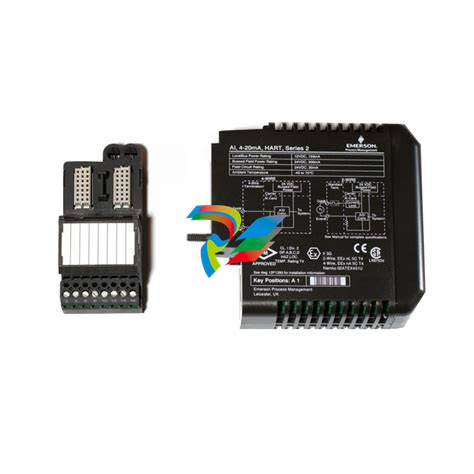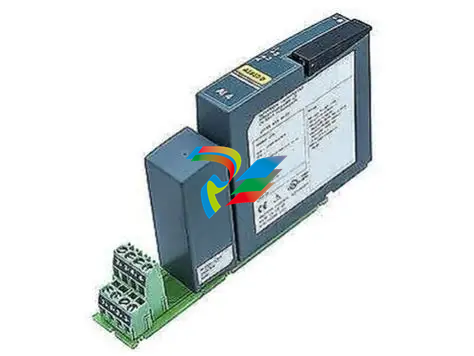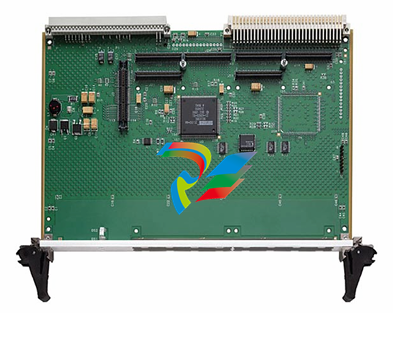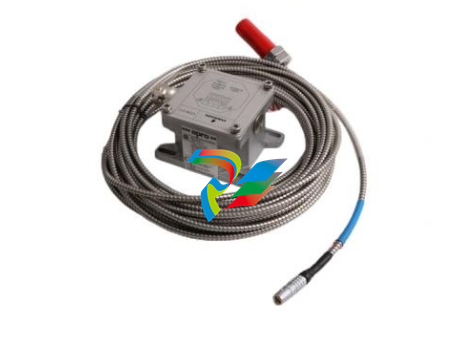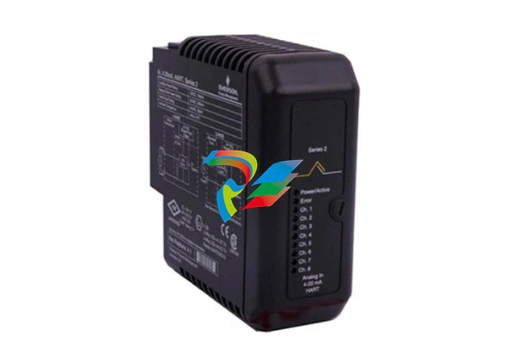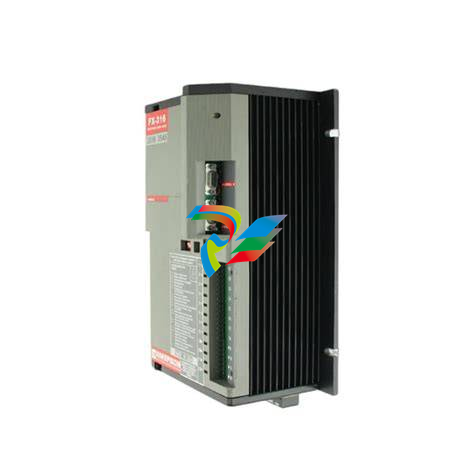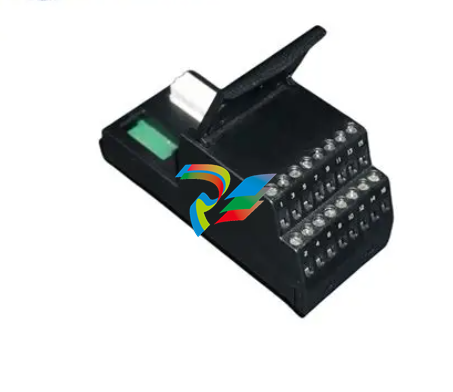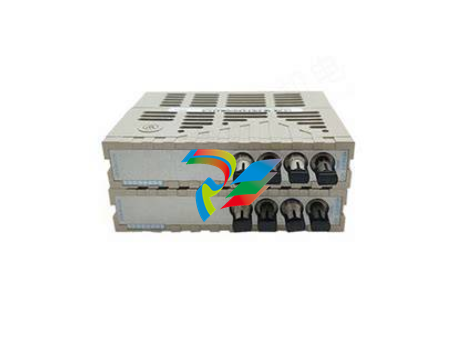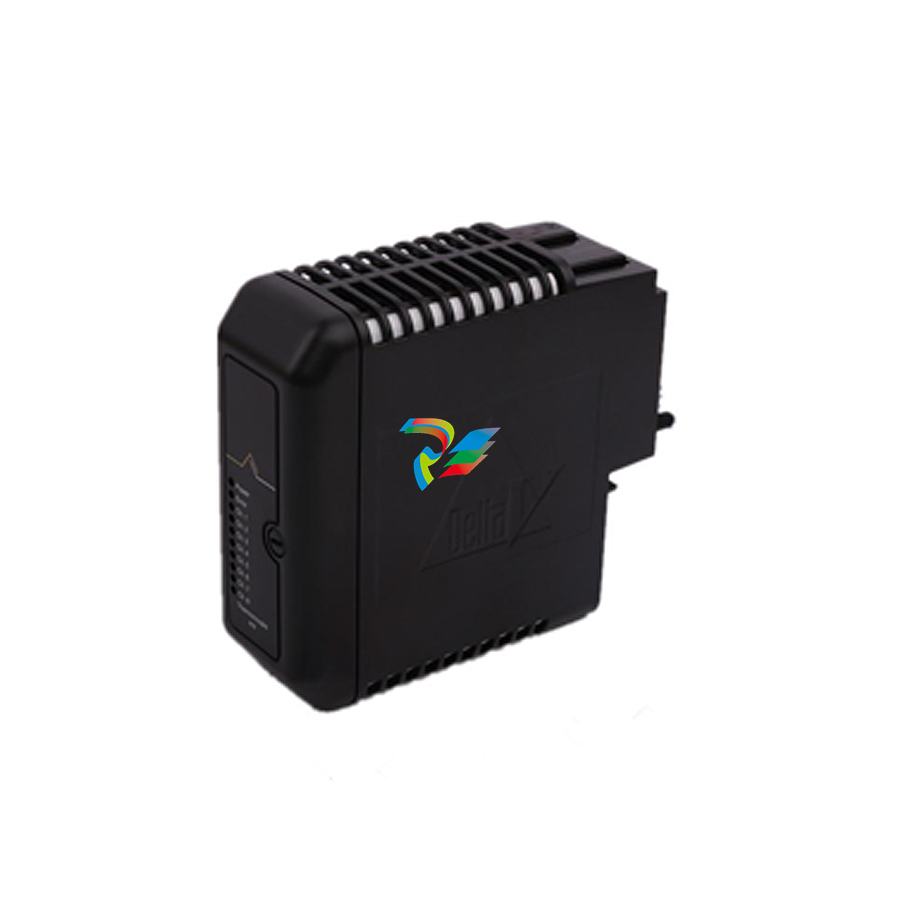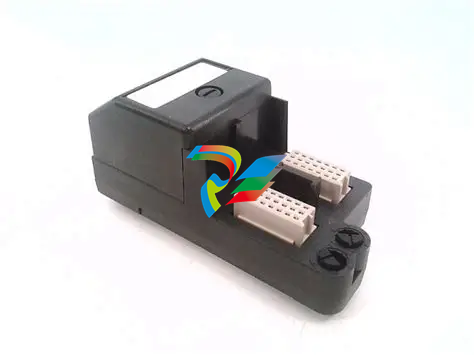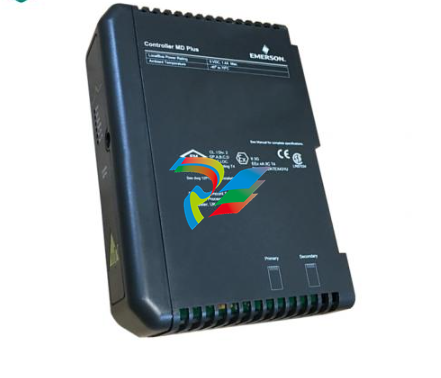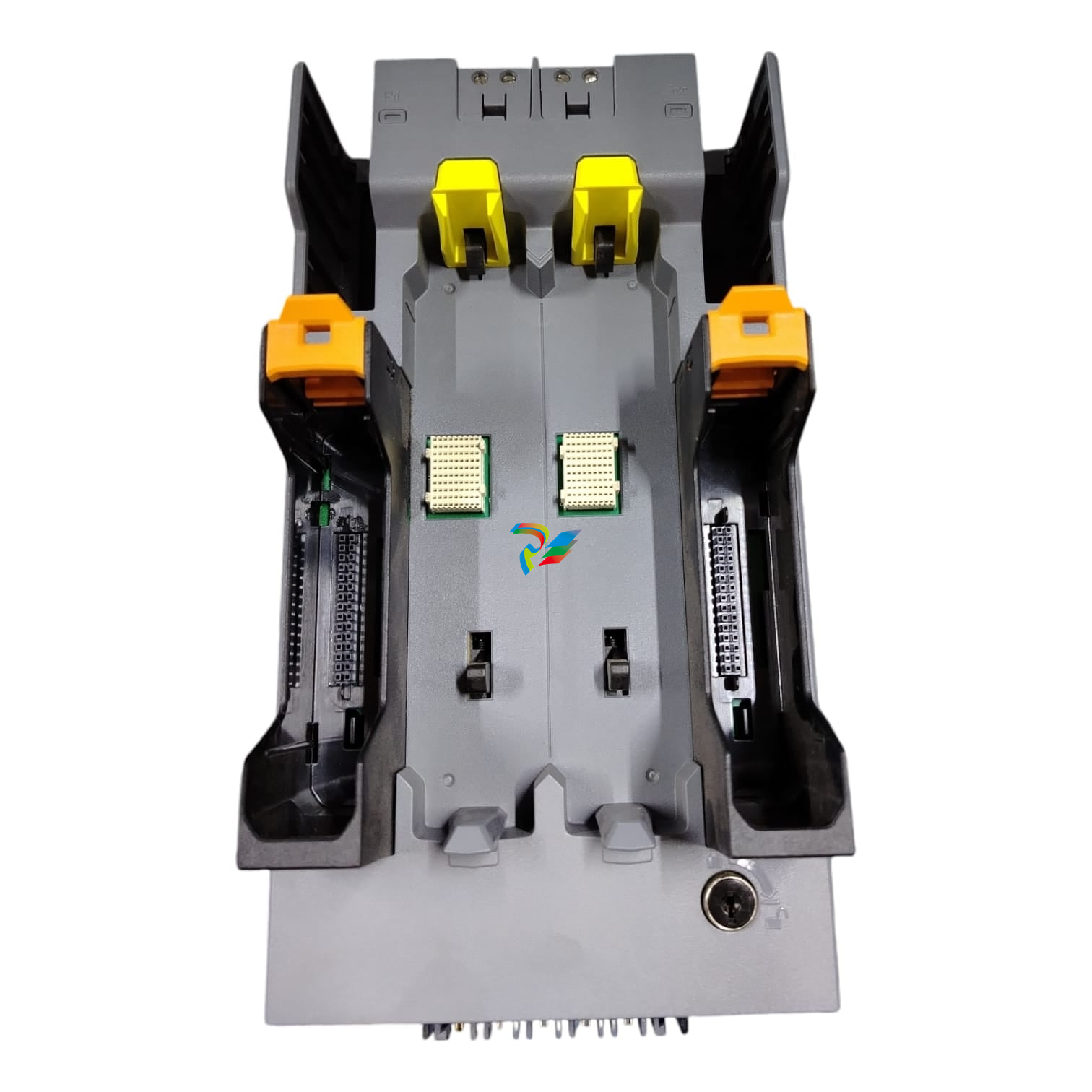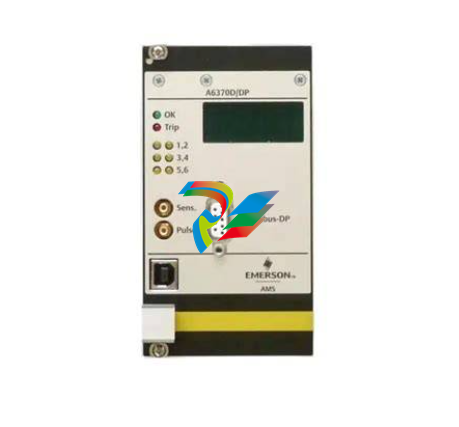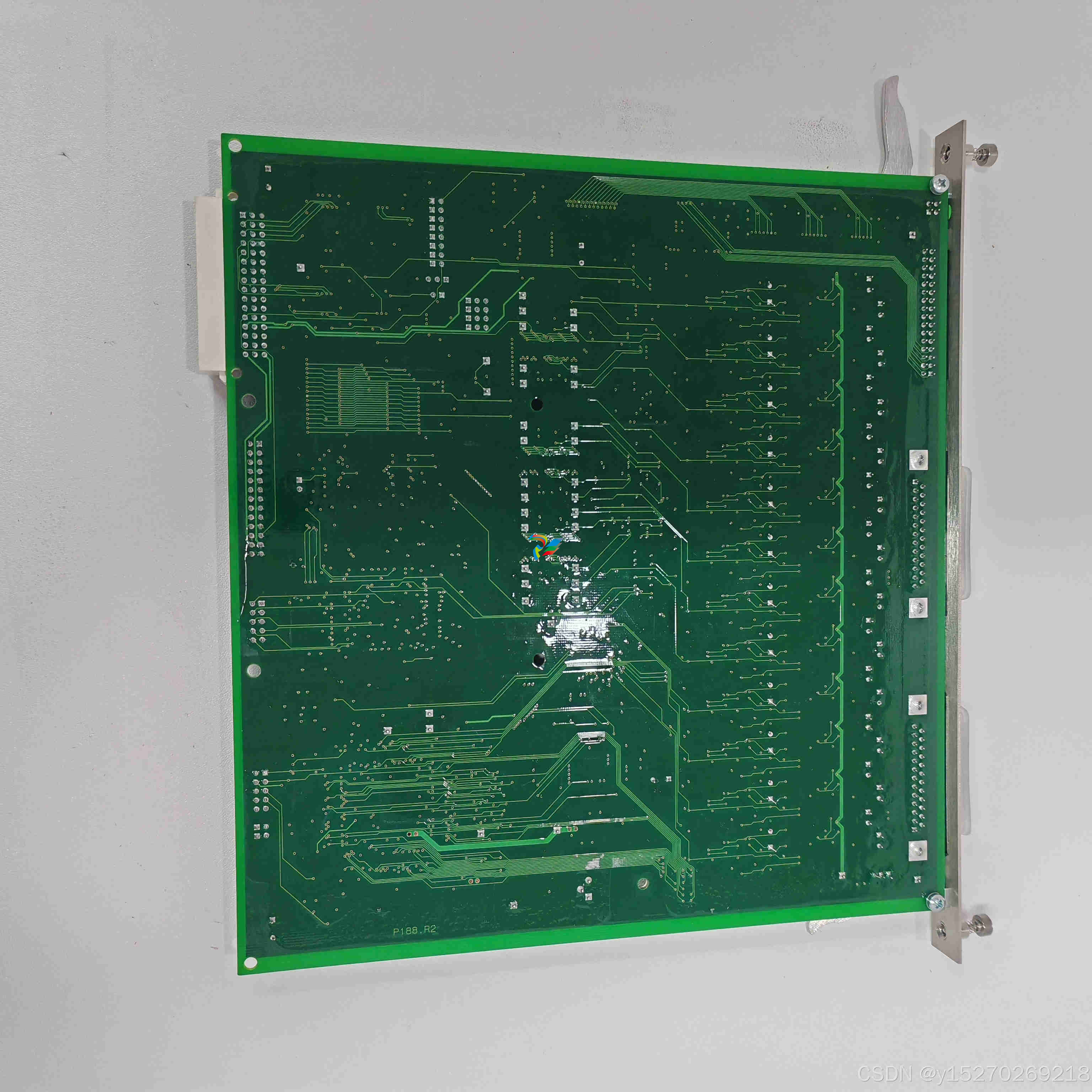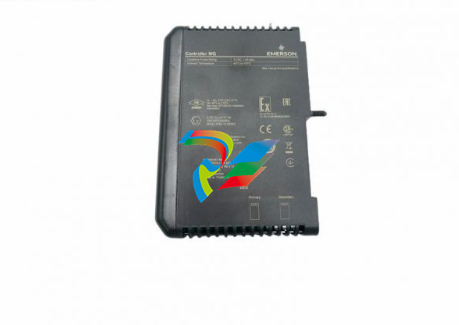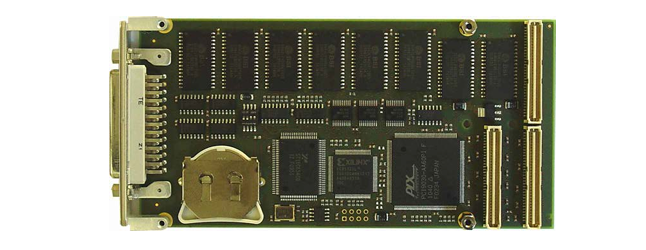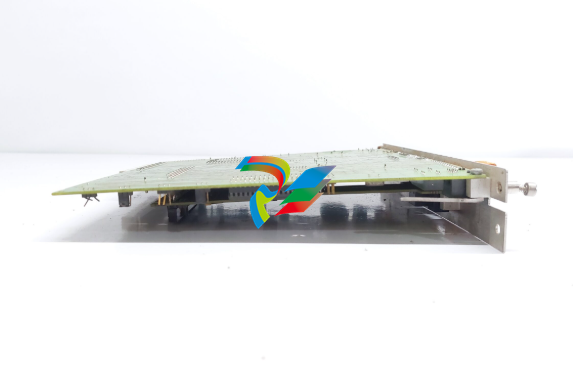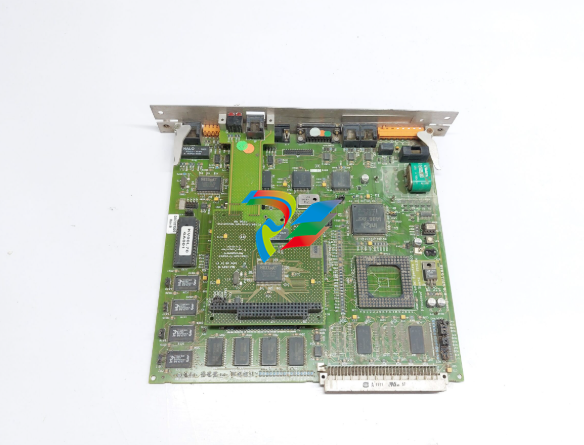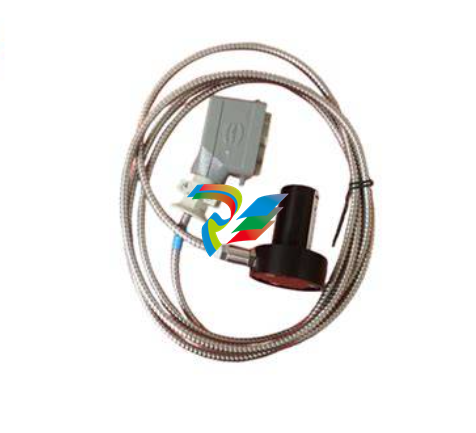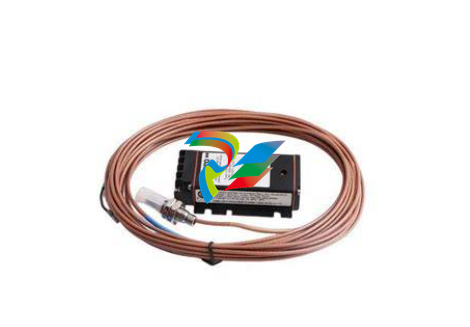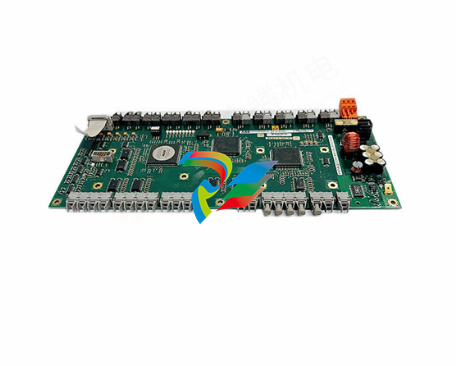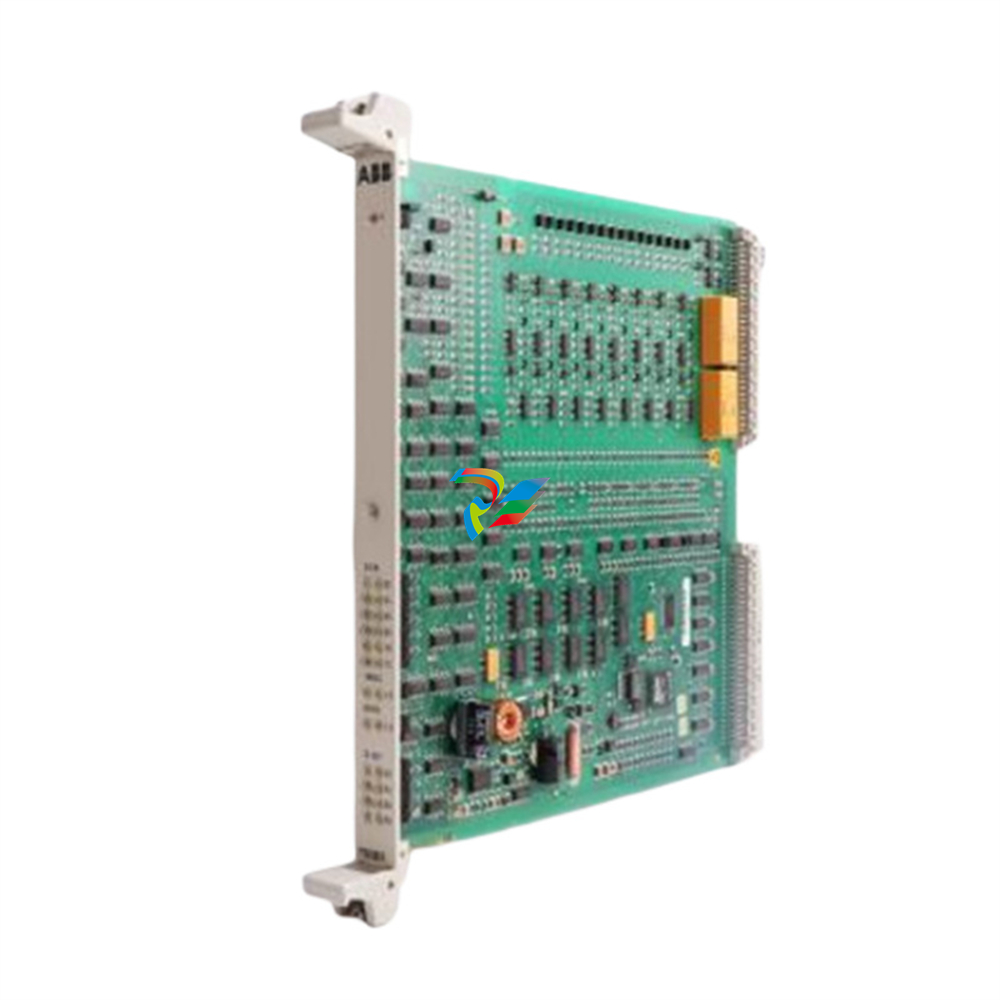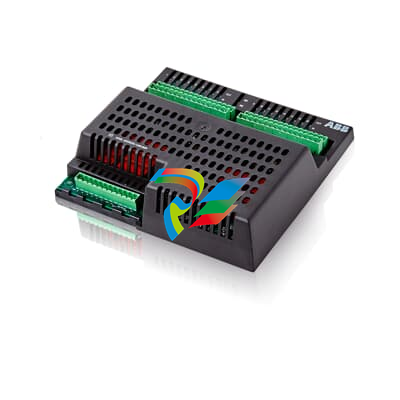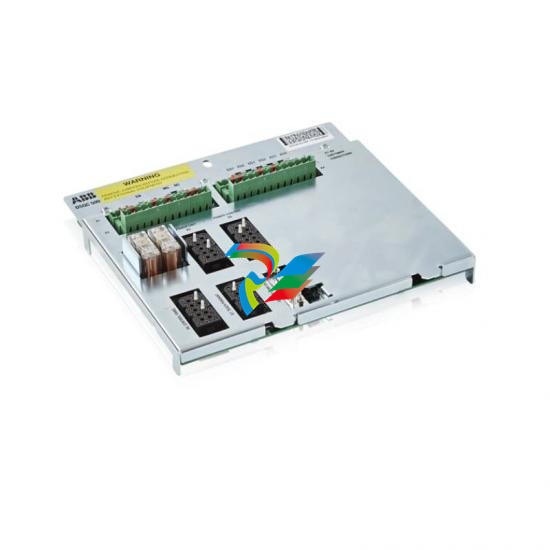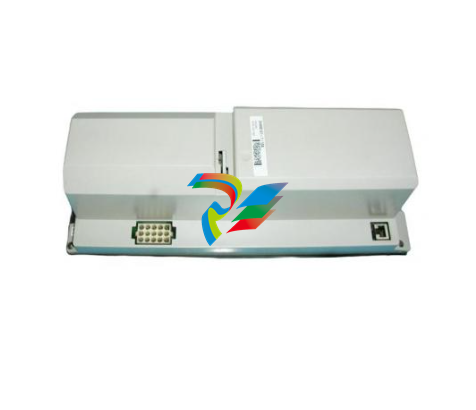
ABB266DSHDifferential pressure transmitters
Electrical Characteristics and Options Optional indicators Integrated digital display (code LS; only with HART standard functionality) Wide screen LCD, 128 x 64 pixel, 52.5 x 27.2 mm (2.06 x 1.07 in.) dot matrix. Two keys for zero/span or without front push buttons when ordered with R1 external pushbuttons option Display may also indicate static pressure, sensor temperature and diagnostic messages. Integral display with integral keypad (code L1; not with HART standard functionality) Wide scre
en LCD, 128 x 64 pixel, 52.5 x 27.2 mm (2.06 x 1.07 in.) dot matrix. Multilanguage. Four keys for configuration and management of device. Easy setup for quick commissioning. User selectable application-specific visualizations. Totalized and instantaneous flow indication. Display may also indicate static pressure, sensor temperature and diagnostic messages and provides configuration facilities. Integral display with Through-The-Glass (TTG) activated keypad (code L5; not with HART standard functionality) As above integral display but equipped with the innovative TTG keypad allowing the activation of the configuration and management menus of the device without the need of removing the transmitter housing cover. TTG keypad is protected against accidental activations. Optional surge protection Up to 4kV
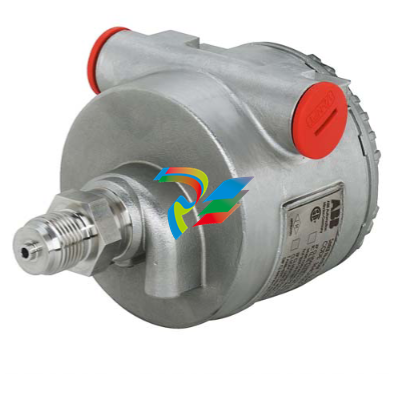
• voltage 1.2 µs rise time / 50 µs delay time to half value
• current 8 µs rise time / 20 µs delay time to half value Process diagnostics (PILD) Plugged impulse line detection (PILD) generates a warning via communication (HART, PA, FF). The device can be configured to drive the output to “Alarm current” or set a status “BAD”. HART® digital communication and 4 to 20 mA output – Standard and Advanced functionality Device type: 1a06hex (listed with HCF) Power supply The transmitter operates from 10.5 to 42 V DC with no load and is protected against reverse polarity connection (additional load allows operations over 42 V DC). For Ex ia and other intrinsically safe approval power supply must not exceed 30 V DC. Mini
mum operating voltage increases to 12.3 V DC with optional surge protector or to 10.8 V DC with optional conformity to NAMUR NE 21 (2004). Ripple 20 mV max on a 250 Ω load as per HART specifications. Load limitations 4 to 20 mA and HART total loop resistance : A minimum of 250 Ω is required for HART communication. Output signal Two–wire 4 to 20 mA, user-selectable for linear or square root output, power of 3 /2 or 5 /2 , square root for bidirectional flow, 22 points linearization table (i.e. for horizontal or spherical tank level measurement). HART® communication provides digital process variable superimposed on 4 to 20 mA signal, with protocol based on Bell 202 FSK standard. HART revision 7 is the default HART output. HART revision 5 is selectable on request. Output current limits (to NAMUR NE 43 standard) Overload condition
• Lower limit: 3.8 mA (configurable from 3.8 to 4 mA)
• Upper limit: 20.5 mA (configurable from 20 to 21 mA) Alarm current
• Lower limit: 3.6 mA (configurable from 3.6 to 4 mA)
• Upper limit: 21 mA (configurable from 20 to 23 mA, limited to 22 mA for HART Safety; apply for electronics release 7.1.15 or later) Factory setting: high alarm current.
...Specification – electrical characteristics and options IEC 62591 WirelessHART® output Device type: 1a06hex (listed with HCF) Network ID: ABBhex (2747 decimal) Join keys: 57495245hex (1464422981) 4c455353hex (1279611731) 4649454chex (1179206988) 444b4559hex (1145783641). Power Supply 1x D-cell size lithium-thionyl chloride battery. Battery life: 10 years at 32 sec. update time, 8 years at 16 sec. update time or 5 years at 8 sec. update time. (at reference conditions of 25 ± 2 °C ambient temperature, data routed from 3 additional devices, LCD off). THE BATTERY CAN BE REPLACED IN FIELD, ALSO IN HAZARDOUS CLASSIFIED AREA. Output signal IEC 62591 WirelessHART Version 7.5 (IEEE 802.15.4-2006); Frequency band: 2.4 GHz DSSS Update rate: user selectable from 1 sec. to 60 min. Integrated adjustable omnidirectional antenna – O
utput radio frequency: maximum 10 mW (10 dBm) EIRP – Range: up to 300 m. (328 yds.) Minimum distance between antenna and person is 0.2 m. (8 in.) Telecommunications directive Every wireless measuring device must be certified in accordance with the telecommunications directive, in this case the frequency range. This certification is countryspecific. European directives Radio Equipment & Telecommunications Terminal Equipment Directive 2014/53/UE to standards EN 60950- 1:2013, EN 62311:2008, EN 301 489-1 V1.9.2, EN 301 489-17 V2.2.1, EN 300 328 v1.8.1. In Europe, use of the 2400 - 2483.5 MHz frequency band is not harmonized. Country-specific regulations must be observed. Restrictions for Norway Operation not permitted within a radius of 20 km around Ny-Alesund in Svalbard. For more information, see www.npt.no Norway Posts and T
elecommunications site Extra-european radio frequency licences USA to FCC Part 15.247:2009; Canada to IC RSS-210 and ICES-003; Argentina; United Arab Emirates (UAE); India; Mexico. PROFIBUS® PA output Device type Pressure transmitter compliant to Profiles 3.0.1 Identification number: 3450 (hex) Power supply The transmitter operates from 9 to 32 V DC , polarity independent, with or without surge protector. For Ex ia approval power supply must not exceed 17.5 V DC. Intrinsic safety installation according to FISCO model. Current consumption operating (quiescent): 15 mA fault current limiting: 20 mA max. Output signal Physical layer in compliance to IEC 1158–2/EN 61158–2 with transmission to Manchester II modulation, at 31.25 kbit/s. Output interface PROFIBUS
